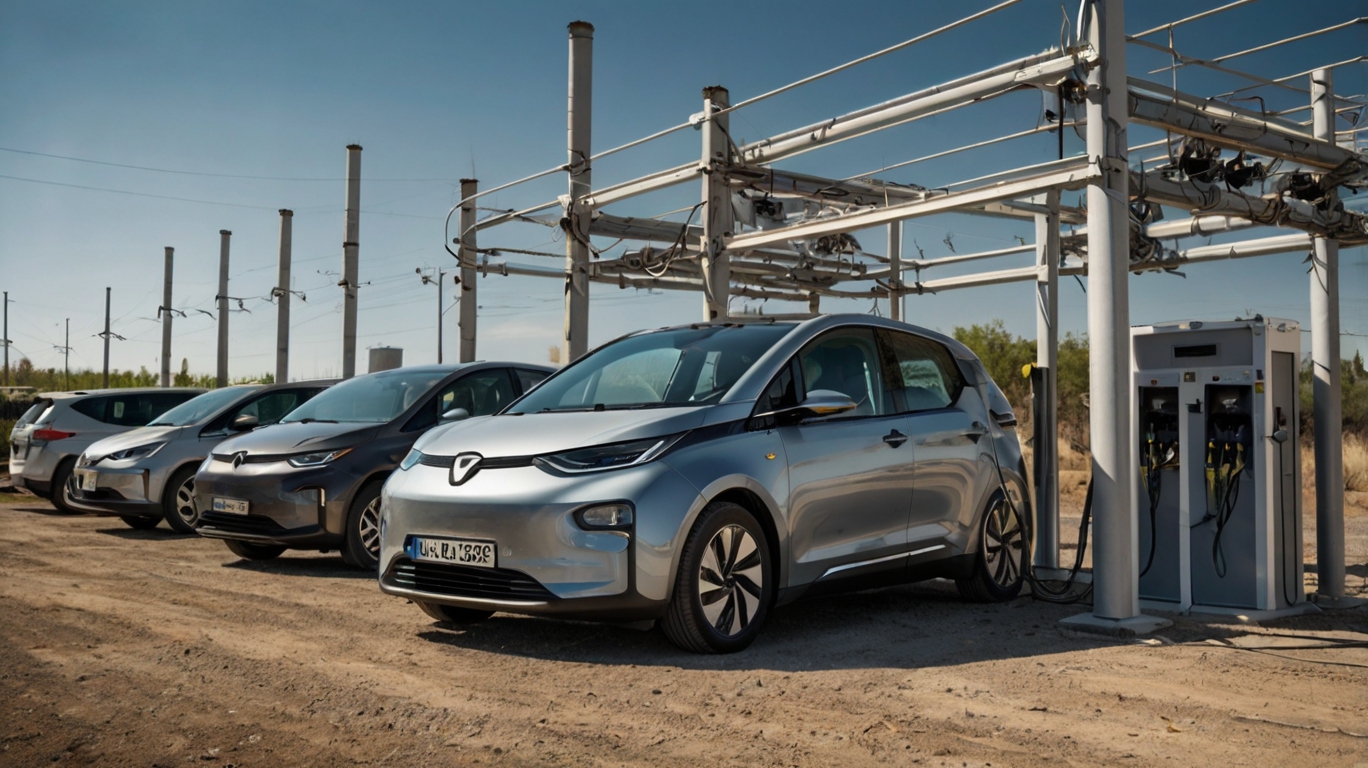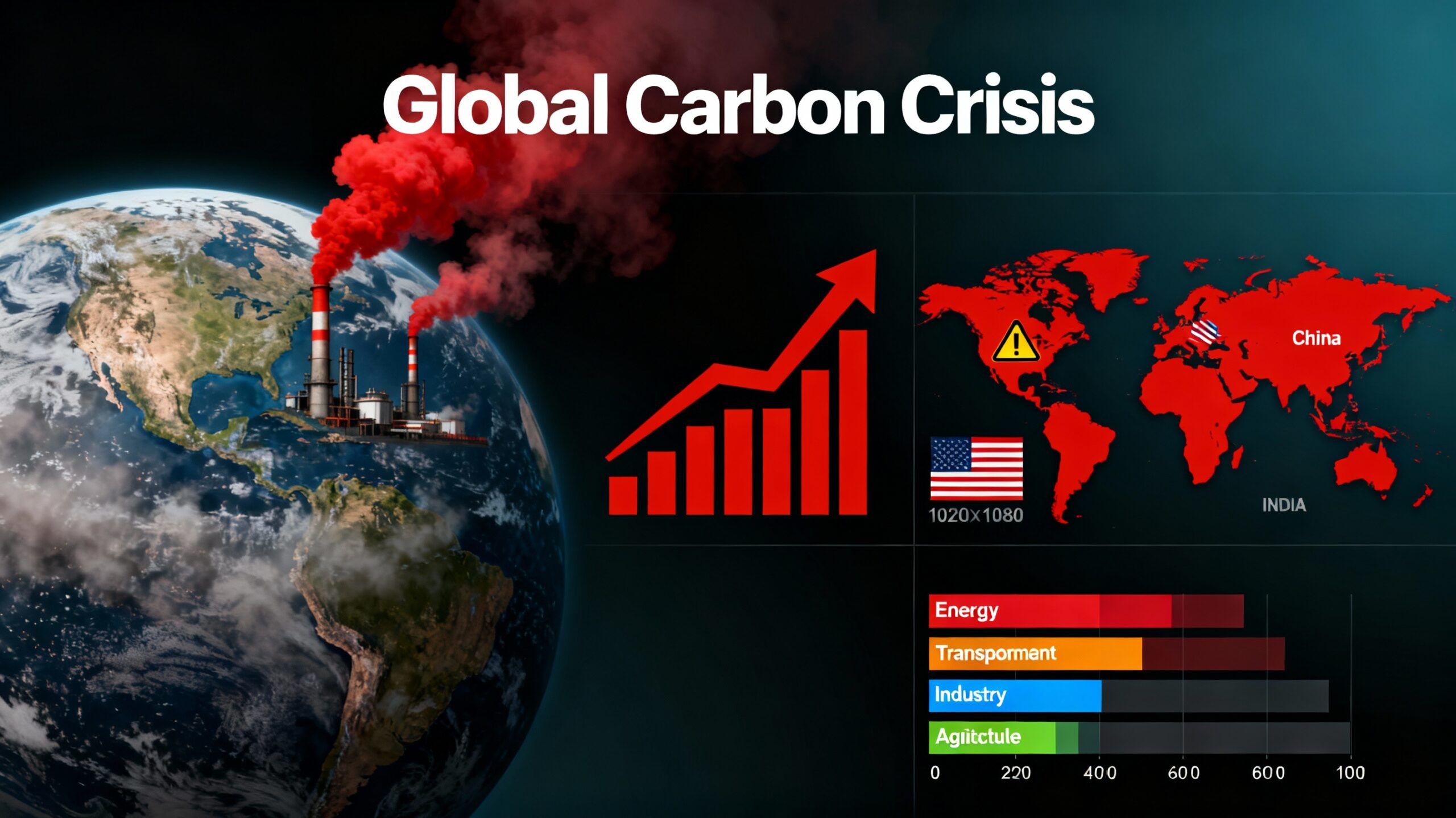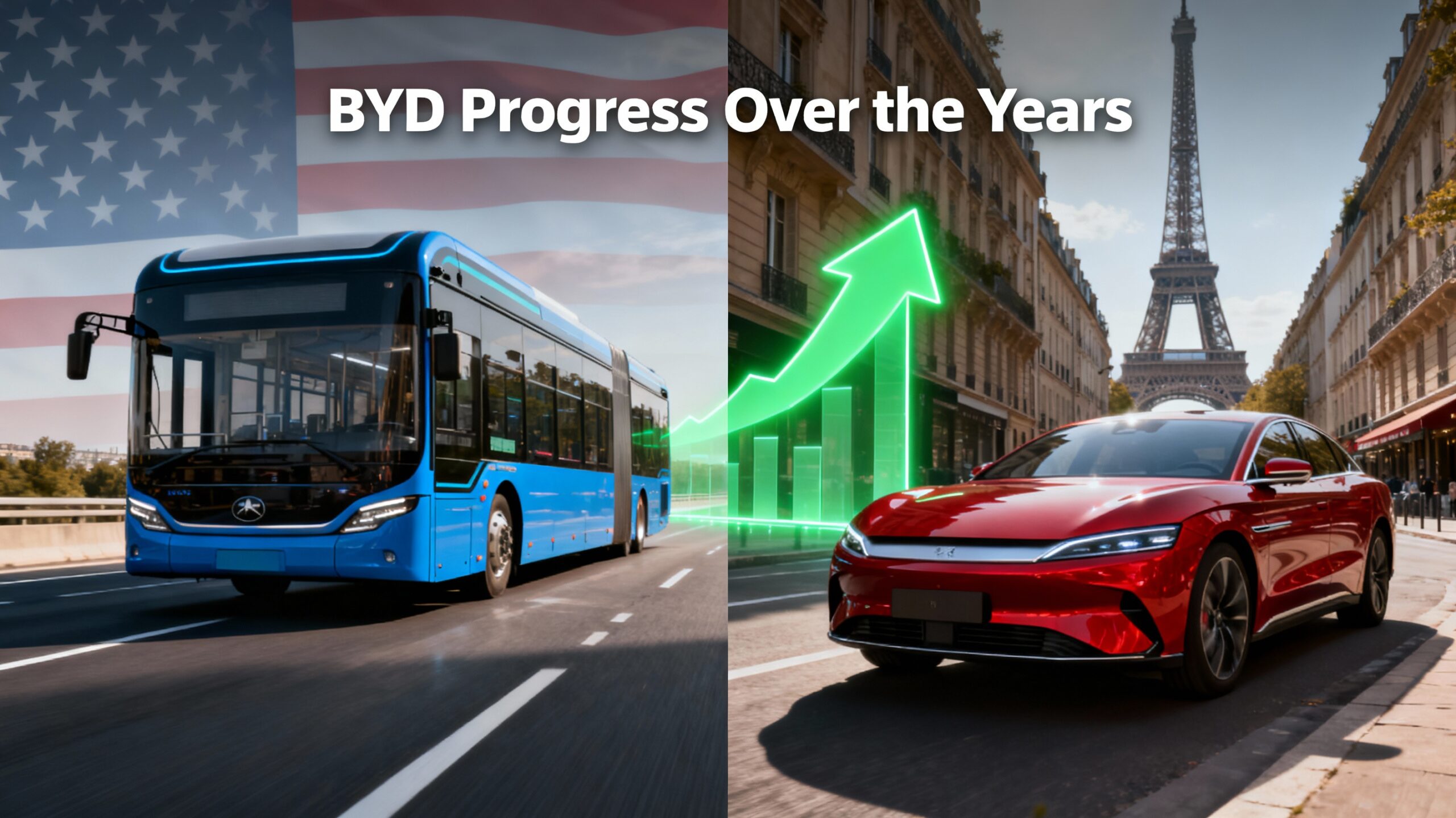As electric vehicles (EVs) surge in popularity, they’re now proving useful for more than just clean transportation. Across multiple pilot programs worldwide, EVs are being tapped to support electric grids during peak hours—marking a major leap in “Vehicle-to-Grid” (V2G) integration and reshaping the relationship between cars and the power infrastructure they rely on.
From California and Japan to the Netherlands and Australia, V2G pilot programs are showcasing how bidirectional charging—which allows EVs to both draw and supply energy—can stabilize power networks, reduce reliance on carbon-intensive peaker plants, and create new revenue streams for EV owners.
“Electric vehicles are fast becoming mobile energy assets,” said Dr. Nikhil Suresh, a smart grid researcher at Stanford University. “V2G is unlocking a two-way street between mobility and energy.”
The Technology Behind V2G
Vehicle-to-Grid integration uses bidirectional charging systems that enable EVs to communicate with the grid and supply power when needed. Unlike traditional one-way charging, V2G enables EVs to act as distributed energy storage, discharging electricity to balance demand, especially during critical peak periods.
Modern V2G platforms integrate with smart grid infrastructure, using algorithms to manage when and how vehicles are charged or discharged, based on electricity prices, grid conditions, and the vehicle owner’s preferences.
This capability turns parked EVs—especially fleet vehicles—into a scalable energy resource.
Real-World Trials: From Theory to Practice
Several cities and utility companies are now seeing the benefits of V2G in real-world conditions.
1. California – PG&E’s School Bus V2G Pilot
In Northern California, Pacific Gas and Electric (PG&E) has partnered with local school districts to turn electric school buses into backup grid assets. During summer and weekends—when the buses are idle—the batteries are discharged to the grid during peak afternoon demand.
In the first six months of 2025, the pilot program:
- Fed back over 2.1 megawatt-hours (MWh) into the grid.
- Reduced strain on transformers during heatwaves.
- Generated an estimated $4,700 per bus in grid support compensation.
“School buses are ideal candidates,” said Jennifer Liu, PG&E’s Director of Energy Innovation. “They have large batteries, predictable schedules, and sit unused at the exact times we need energy most.”
2. Utrecht, Netherlands – Residential V2G Community
In Utrecht, a newly built housing development, Cartesius Park, integrates rooftop solar, home batteries, and bidirectional EV chargers as part of a local microgrid. Residents use EVs to store excess solar energy during the day and discharge it to power homes or stabilize the neighborhood grid in the evening.
This fully operational V2G neighborhood has already:
- Balanced over 180 home energy systems.
- Saved approximately 12 metric tons of CO₂ by avoiding fossil-fueled backup power.
- Cut household electricity costs by 18–25% thanks to energy arbitrage—charging at low-cost times and selling back during high rates.
3. Tokyo, Japan – Emergency Preparedness Meets Energy
Tokyo Electric Power Company (TEPCO) is piloting V2G with a fleet of 500 electric taxis and delivery vans equipped with CHAdeMO bidirectional chargers. Vehicles contribute to the grid daily but are also part of Tokyo’s disaster resilience plan, able to power shelters and hospitals during emergencies.
“V2G isn’t just about efficiency,” said Takeshi Yamamoto, Director of Grid Strategy at TEPCO. “It’s also about security and preparedness. These vehicles are now part of Japan’s emergency energy system.”
Smart Grids and Energy Arbitrage: A Market Takes Shape
Research institutions and startups are playing a key role in optimizing V2G technologies.
At MIT’s Energy Initiative, researchers have developed algorithms to maximize energy arbitrage — the process of charging EVs when electricity is cheap and discharging it when it’s expensive. Their simulations suggest that V2G could generate $900 to $1,200 per year per vehicle for owners in areas with dynamic pricing.
Meanwhile, companies like Nuvve, The Mobility House, and Fermata Energy are commercializing platforms that manage V2G fleets across schools, delivery companies, and residential homes. These platforms integrate with ISO markets, enabling vehicle owners to bid electricity into real-time wholesale energy auctions.
“Suddenly, your car is a grid participant,” said Gregory Poole, CEO of Nuvve. “V2G creates a financial incentive to electrify transportation and decentralize energy.”
Policy and Infrastructure Gaps Still to Address
Despite promising results, widespread V2G deployment still faces technical, regulatory, and economic barriers:
- Bidirectional chargers remain costly, ranging from $3,000–$10,000.
- Battery warranty concerns persist, though studies show minimal degradation under managed V2G cycles.
- Utility rules often lack provisions for distributed energy resources like vehicles to feed into the grid.
- Standardization is still evolving; while CHAdeMO supports bidirectional flow, CCS and Tesla’s NACS standards are still rolling out V2G capabilities.
In response, regulators are moving quickly. The U.S. Department of Energy launched a $150 million V2G Demonstration Program, while the European Commission is mandating V2G compatibility in all new public EV chargers by 2027.
Environmental Impact and Long-Term Potential
V2G integration could be a game-changer for the energy transition. According to a 2024 report by the International Renewable Energy Agency (IRENA):
- By 2030, if 50 million EVs participate in V2G, they could provide up to 300 gigawatts (GW) of flexible storage capacity—roughly equivalent to all the power generation capacity of Japan.
- This would reduce the need for new stationary battery infrastructure and accelerate the decarbonization of power grids.
- V2G-enabled fleets could lower peak demand costs and reduce reliance on fossil-based peaker plants, slashing millions of tons of CO₂ annually.
Conclusion: Cars That Power Cities
As EVs become more common, they are evolving from passive energy consumers into active grid participants. With supportive policy, maturing technology, and proven business cases emerging, Vehicle-to-Grid integration may soon become a standard feature of the clean energy future.
“V2G is not just an energy solution—it’s a systems-level innovation,” said Dr. Suresh. “It’s a way to make our transportation cleaner, our power grids smarter, and our communities more resilient.”
The road ahead may be electric—but now, it also runs both ways.




